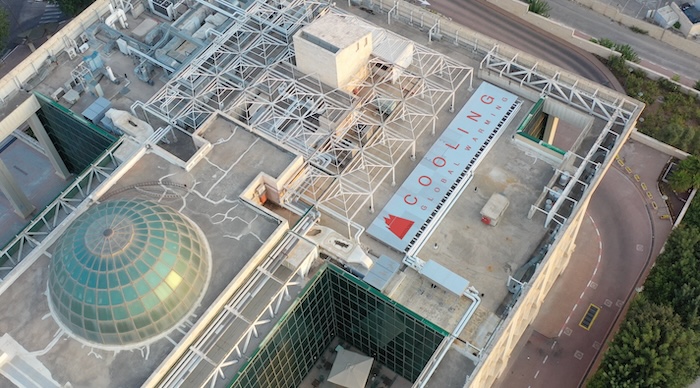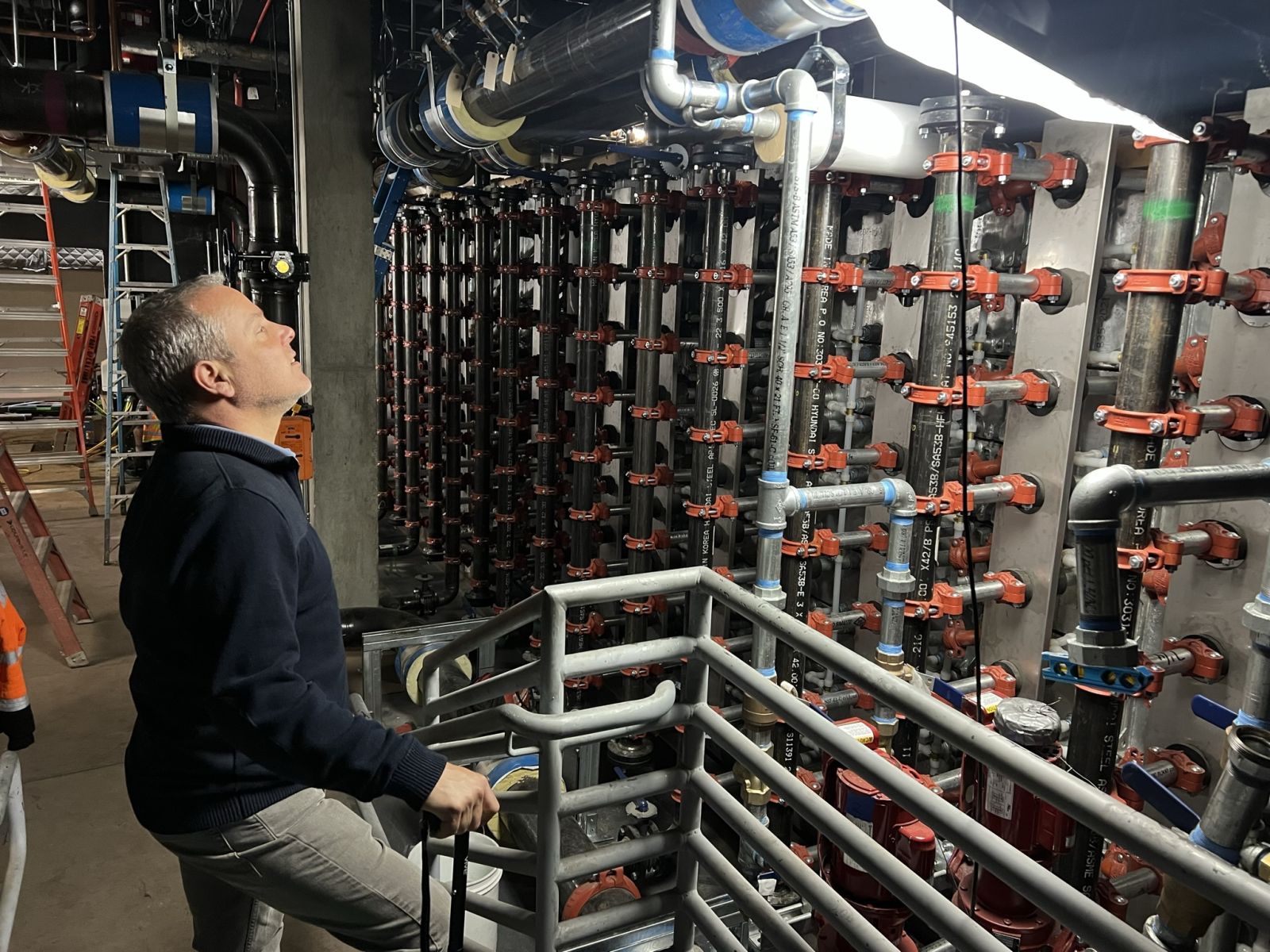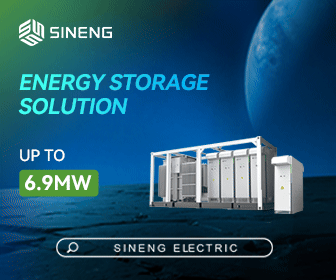On-site Alternatives to Lithium Batteries are Crucial to the Future of Renewables
As renewable energy increases across the country, demand is growing for energy storage solutions to maximize the potential of clean power sources. While energy from solar and wind is greener than that from fossil fuels, it is not constantly available. Even in California, where renewables make up 54 percent of total electricity generated in the state, the power grid remains stressed, struggling to produce enough energy — especially at night, in the early morning, and late afternoon. These are times when clean energy either cannot be generated, or cannot be generated in large quantities.
This makes storage essential, and that energy storage market is growing rapidly. Storage at the utility level uses mainly lithium ion batteries, but there is also a need for storage on the consumer and end-user level. This is especially important as energy stored on-site by those who will use it does not require the utility company to invest in additional infrastructure. But lithium-ion batteries cannot be used in commercial buildings, industrial facilities, and other closed spaces due to safety concerns. This means that, particularly for commercial buildings, alternative solutions, including thermal storage methods, must increase to meet rising market needs and climate goals.

On-site thermal storage solutions that buildings and other large facilities can control themselves will play an incredibly important role. These solutions — which are based on cooling and heating a medium, typically water — are often safer, offer significant financial benefits (especially with new government incentive), and allow buildings to rely more on renewable energy, helping to meet the ESG targets and requirements. Thermal and geothermal solutions based on freezing and unfreezing ice provide a valuable alternative, and are essential in helping the commercial building sector reduce its carbon footprint. About 37 percent of all global carbon emissions come from commercial buildings.
In a growing number of markets, electricity prices vary throughout the day (depending on the source of the power and demand) making on-site storage a valuable money-saving tool. For example, states like California have ample solar energy during daytime hours, then switch over to fossil-fuel-based power generation at night, in the early morning, evening, and on cloudy days. The difference in cost varies because solar energy costs much less to generate than natural-gas or coal-based power. In response, buildings with energy storage systems can capture regular electricity during the hours when it is cheaper, and then tap this stored energy during hours when electricity is more expensive. This process reduces their reliance on the utility company during high-cost hours.
Such systems do not require buildings to cut their overall power use, allowing HVAC, machinery, and any other equipment and infrastructure to function as needed. Rather, the storage systems allow buildings to simply control and shift the hours when they draw on grid electricity, resulting in lower bills for the same amount of power. Since the Inflation Reduction Act went into effect in 2023, there are significant government and tax incentives for such systems, and storage solutions often do not require full upfront payment.
In addition to financial savings, onsite thermal storage solutions help increase reliance on renewables, and reduce carbon emissions. When these systems are charged during hours when most electricity is coming from renewable sources, the power is not only cheaper but greener. In addition, being able to discharge this power during the more expensive hours (when power is often based on fossil fuels) cuts down on buildings’ contributions to carbon emissions. This is especially important in states that rely on peaker plants, or fossil-fuel based plants that only come online as needed when renewables are not available. These peaker plants are often more polluting than fossil-fuel plants that run around the clock.

Such systems allow buildings to meet power demands amid increasing regulatory pressure to reduce carbon output. For example, a recently-passed law requires federal buildings across the country to work toward net-zero emissions by 2045. In New York city, legal regulations also require buildings (the city’s single-largest source of greenhouse gas emissions) to reduce their emissions by 40 percent by 2030. In addition to helping buildings comply with a growing number of measures like these across the country, on-site thermal energy storage systems help buildings and their tenants improve their overall sustainability profile, something increasingly important to consumers.
The use of on-site storage systems also allows buildings to help reduce pressure on the electric grid at peak hours. Relying on stored energy during these high-demand hours means that more power is available for others, helping to reduce the risk of blackouts or brownouts — the latter of which more utility companies say they could be forced to implement if nothing changes and electricity demand continues to grow.
In such an environment, it is clear that thermal energy storage systems will play a larger role, especially for commercial buildings. In general, these types of systems are a central component to creating the dynamic storage market that is needed to allow renewable energy to truly be the transformation force the planet so desperately needs.
Myriam Bin Nun is VP of Marketing at Nostromo Energy. Nostromo develops, designs, manufactures, and sells sustainable, compact, and modular energy storage and demand management solutions for both new and existing commercial buildings.
Nostromo Energy | nostromo.energy
Author: Myriam Bin Nun
Volume: 2024 September/October









